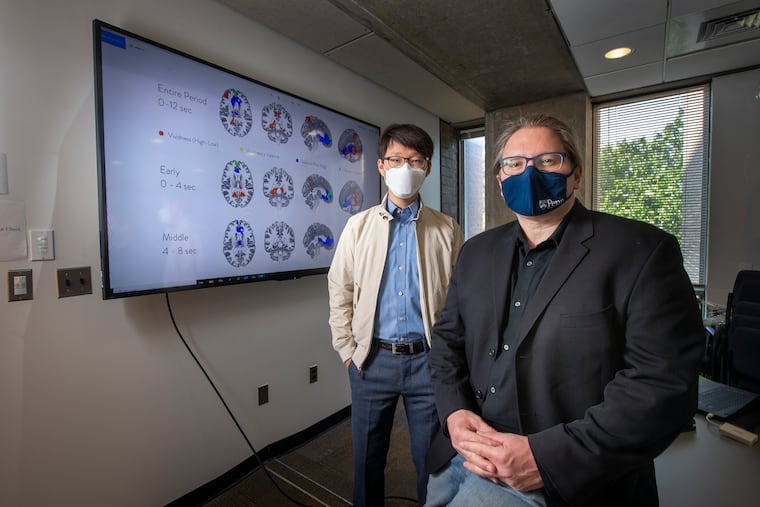These Penn scientists discovered how the brain engages in imagination
Picture yourself winning the lottery. A telltale pattern of brain activity can be seen on an MRI machine.

Picture yourself winning the lottery. A telltale pattern of brain activity can be seen on an MRI machine.
